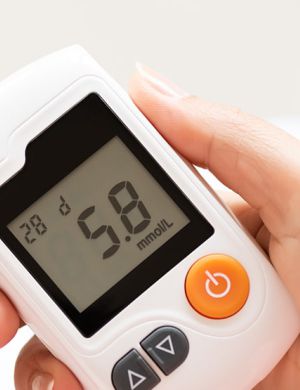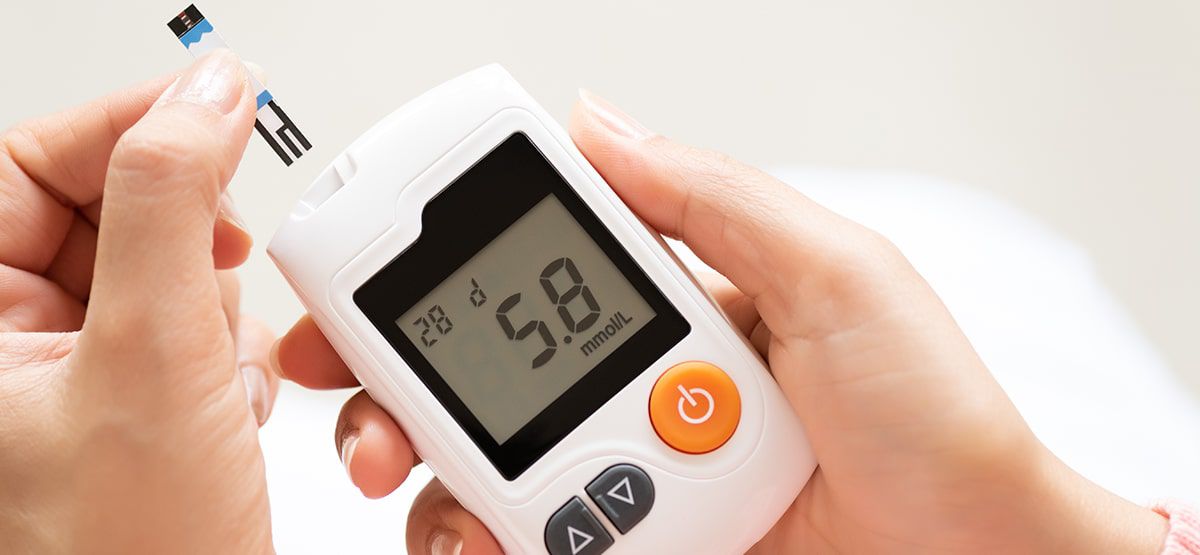
Medical Devices – Regulatory Updates – August Volume 2
EUROPE
1. Guidance on MHRA’s Return to On‑Site Inspections
With the easing of COVID‑19 restrictions, the MHRA inspectorate will begin resuming on‑site, risk‑based GxP inspections in the UK starting in September, moving toward a full inspection schedule by October 2020. A blended model of remote and on‑site inspections will be applied.
2. MDCG Guidance on Using MDSAP Audit Reports
This guidance explains how notified bodies should consider MDSAP Medical Device Regulatory Audit Reports when conducting surveillance audits under the MDR (Regulation (EU) 2017/745) and IVDR (Regulation (EU) 2017/746).
Annexes included in the document highlight:
- where MDR/IVDR‑relevant information appears in MDSAP audit reports, and
- examples demonstrating how clinical evaluation, supplier control, and post‑market surveillance requirements align with corresponding MDSAP sections.
3. MHRA Guidance for Manufacturers on Vigilance
Manufacturers must report adverse medical device incidents to the competent authority of the country where the event occurred.
New EU MDR and IVDR provisions strengthen vigilance and post‑market surveillance requirements, including:
- shorter reporting timelines,
- introduction of periodic summary update reports (PSURs), and
- broadened definitions of medical devices.
Updated FSN and MIR forms now align with current and upcoming regulations.
4. JAZMP Safety Notices for Medical Devices – June 2020
Manufacturers or their representatives must notify JAZMP and device users in writing about safety corrective actions.
Reports must comply with Article 15 of the Rules on the Vigilance of Medical Devices (Official Gazette of the RS, 61/10).
The monthly list of security notices may not be complete. The list includes safety notifications received by JAZMP. If you receive a safety notification from the manufacturer that is not on the monthly list, please let us know by e-mail: meddev.vigilance@jazmp.si.
US FDA
5. FDA Decisions on Accessory Classification Requests
FDA may approve or decline an Accessory Classification Request. When approved, classification orders are published for public access. Detailed information on submission processes and review timelines is available under FDA’s Medical Device Accessories resources.
6. Reclassification Proposal: Non‑Invasive Bone Growth Stimulators
FDA is proposing to reclassify non‑invasive bone growth stimulators (product codes LOF and LPQ) from Class III to Class II with special controls.
This change would shift the regulatory pathway from PMA to the 510(k) process, thereby reducing associated regulatory burdens while maintaining safety and effectiveness requirements.
7. New Guidance: Cutaneous Electrodes – Safety and Performance Criteria
This guidance supports the Safety and Performance Based Pathway by providing predefined performance criteria for cutaneous electrodes used for recording purposes.
Manufacturers may rely on these criteria instead of conducting direct performance comparisons with predicate devices.
8. New Guidance: Conventional Foley Catheters – Safety and Performance Criteria
Under the same pathway, FDA has issued performance criteria for conventional Foley catheters.
Submitters can use these criteria to demonstrate substantial equivalence without direct predicate comparison testing.
9. De Novo Classification Summaries
The De Novo pathway, established under FDAMA (1997) and updated under FDASIA (2012), allows classification of novel medical devices initially placed in Class III after an NSE determination.
Sponsors may now submit a De Novo request directly without first filing a 510(k).
INDIA – DGFT
10. Lifting of Export Restrictions on Ventilators
DGFT has removed all COVID‑19–related restrictions on the export of ventilators, reflecting improved domestic availability and reduced risk of shortages.
Unlike other pandemic‑related products, where limited export allowances were introduced before full relaxation (e.g., certain PPE categories), ventilator export rules were lifted entirely without interim steps.g previously stopped all such products from leaving the country. DGFT has opted against taking such an interim step in the relaxation of its rules on the export of ventilators.
Don’t miss out! Click here to stay in touch.
Categories
- Biopharma (58)
- Consumer Health (21)
- Cosmetics (11)
- Diagnostics (5)
- Digital Health (8)
- Food (2)
- Medical Device (112)
- OTC (5)
- Regulatory Intelligence (13)
- Standards (41)
Recent Blogs
Get the latest updates from Vistaar

Related Posts
CONNECT WITH US

Let's talk about how Vistaar can help you




